How to clean the drain hose in an Indesit washing machine?
 Most often, household appliances from Indesit break down due to blockages. The accumulation of dirt in the pipes, hose, garbage filter, volute or pump prevents waste water from leaving the unit, which causes the machine to malfunction and stop. The picture is unpleasant, but often to solve the situation it is enough to clean the drain hose of the Indesit washing machine. When this is possible and how to do it correctly, we will tell you further.
Most often, household appliances from Indesit break down due to blockages. The accumulation of dirt in the pipes, hose, garbage filter, volute or pump prevents waste water from leaving the unit, which causes the machine to malfunction and stop. The picture is unpleasant, but often to solve the situation it is enough to clean the drain hose of the Indesit washing machine. When this is possible and how to do it correctly, we will tell you further.
Chemical cleaning
Natural blockages - scale, dirt and soap scum - can be removed without disassembling the washing machine. The “weapon” will be chemicals that are added during washing and eat away at the resulting congestion. The advantages are obvious: fast action, efficiency and energy savings. This method is also used when the warranty has not expired, since the integrity of the unit is not compromised.
Citric acid added to the dispenser instead of detergent will clean the hose perfectly.
To start cleaning the hose and other elements of the washer, you will need a suitable cleaning agent. They are sold in hypermarkets and other retail outlets that sell household chemicals. An excellent option would be citric acid, which easily fights limescale and disinfects the “insides” of the machine from mold and fungi. A pleasant “bonus” will be the citrus aroma remaining after its use.
Having decided on the type of cleaner, we begin cleaning.
- We turn on the machine.
- We check that there is no laundry in the drum and slam the hatch door.
- Pour 2-3 sachets of citric acid into the powder receptacle, dividing the dose into two main compartments.

- We select the highest temperature mode (for most models from Indesit this is the “Cotton 90” program).
- Set the spin cycle to minimum and start the cycle.
- After the end of the cycle, without opening the hatch door, turn on the rinse again.
- When stopping the machine, open the door and wipe the glass and drum with a clean, dry cloth.
- We take out the tray by pulling it towards us, wash it, dry it and return it to its place.
Many manufacturers of household chemicals for washing machines offer special cleaning compositions with complex effects.
It is worth understanding that cleansing with lemon, soda and other household chemicals is only effective for removing natural contaminants. If after such a cycle the problem with water stagnation has not been resolved, then you will have to act differently: disconnect the drain hose and break through the blockage manually. Step-by-step recommendations follow.
Remove the hose and clean it
If chemical cleaning turns out to be ineffective, then you will have to turn to “physical” cleaning. Everything is simple here: unhook the hose and rinse thoroughly by hand. But doing this is not as easy as it seems.
To remove the inlet hose, it is enough to turn off the water and loosen the clamp, and to disconnect the drain hose, you will need to turn off the communications and turn the unit on its right side.
To deal with the drain hose, you need to do the following.
- Disconnect the machine from all communications (power supply, water supply and sewerage).
- Move the unit away from the wall and carefully lower it onto its right side.
- Release the plastic latch holding the hose on the rear wall of the housing.
- Loosen the clamp securing the hose to the drain volute fitting.
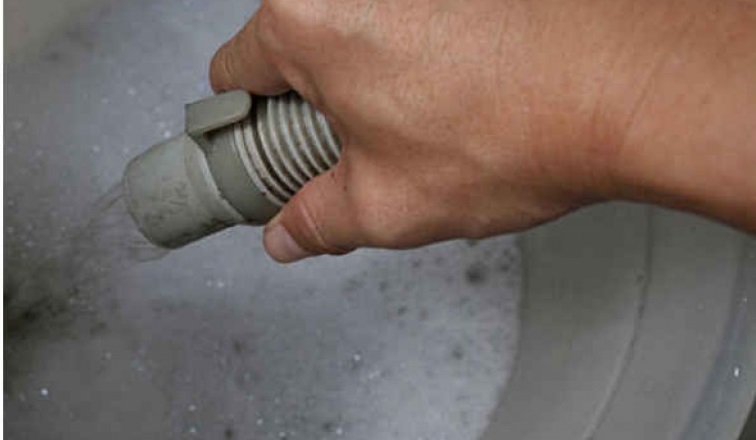
- Unhook the hose from the snail.
- Pull the “sleeve” out of the washer.
Be prepared for the waste water remaining in the machine to flow out of the drain hose. As soon as the rubber is in your hands, you can begin the actual cleaning.
Removing severe clogs
There will be no difficulties or surprises with flushing the hose. Everything is quite simple: you need to prepare a container commensurate with the “sleeve”, pour water heated to 70 degrees into it and place the detergent. In more detail, we act like this.
- Carefully inspect the surface of the rubber for cracks.
- We find a long wire and bend a “hook” at one end.
- We break through the wire and remove the blockage.
- If it didn’t work out with a “hook”, we proceed to soaking.
- We immerse the hose in a basin, fill it with 70-degree water and an aggressive cleaner (for example, a grease remover from the stove is perfect), and leave for 40 minutes.
- Prepare gloves and sponge.
- Carefully wipe the walls of the hose with a sponge, rinsing it under strong water pressure.
- Having threaded a sponge onto a wire “hook”, we clean the inside of the hose.
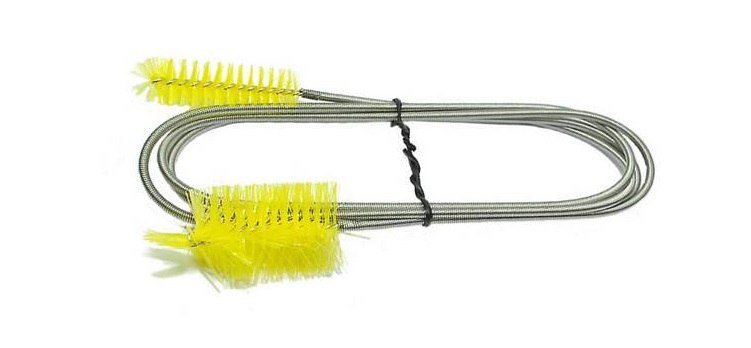
- Leave the sleeve for another 20 minutes without water or detergent.
- Sponge again on both sides, then rinse thoroughly under the tap.
- Wipe the elastic band with a dry, clean cloth and leave to dry.
- Attach the hose to the volute fitting by tightening the clamp.
- We return all previously removed elements to their places, remembering the tightness.
- Run a test wash (select the fastest cycle or rinse).
There is also an express option for cleaning the hose. Attach the free end of the sleeve to the tap and turn on hot water at close to maximum pressure. During such washing, we stretch and compress the rubber with our hands.If dirt, deposits come out and an unpleasant odor appears, then the cleaning is successful.
What can I do to prevent blockages from appearing?
Blockages are not difficult to overcome, but it is easier to prevent such a situation. Moreover, natural contaminants more often cause blockages in hoses, which can be easily avoided with proper operation. You just need to follow a few basic rules for using a washing machine:
- check all items loaded into the washing machine for the presence of foreign objects and hair caught in the pile;
- zip up clothes and turn them inside out;
- Shoes, bras and underwear decorated with metal fittings, rivets, spikes and beads should be washed in special protective bags;
- use softeners if the water in the water supply is too hard;
- regularly, at least once every 3-4 months, carry out a comprehensive cleaning of the machine, starting a cycle with “lemon” or another similar cleaner;
- Periodically clean the debris filter and check the drum for stuck objects.
It is recommended to use only high-quality detergents suitable for the selected mode for washing, otherwise the powder will not dissolve and will settle on the walls of the hose and drum.
If you follow these simple rules, you can forget about blockages. The main thing is not to put off cleaning the drain hose for too long, otherwise the problem will worsen and it will be more difficult to “break through” a path for water.
Interesting:
Reader comments
- Share your opinion - leave a comment
Categories
Washing machine repair


For buyers

For users

Dishwasher

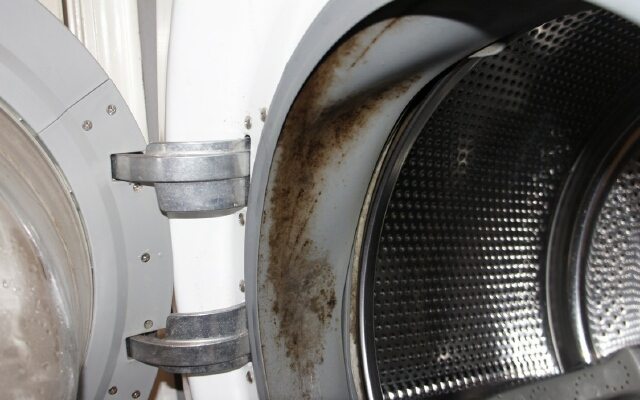

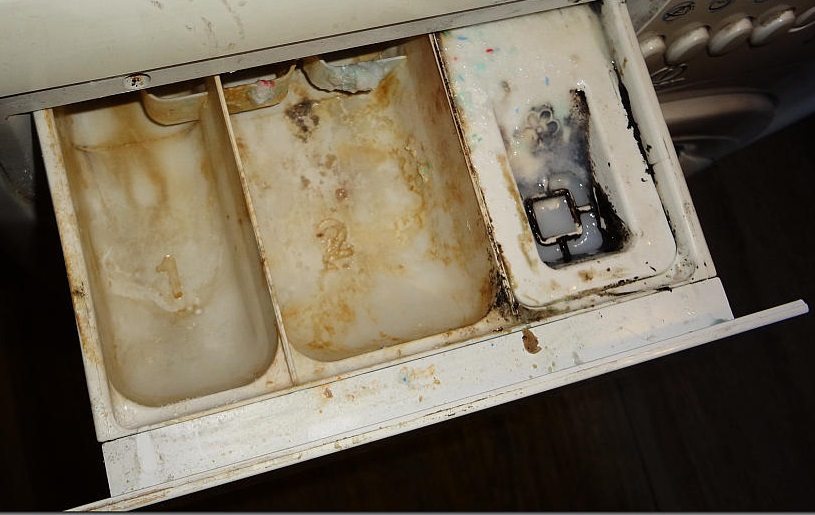
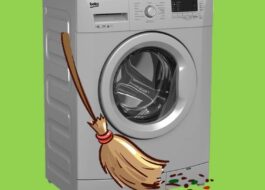
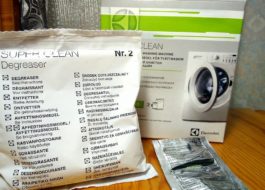











Add a comment